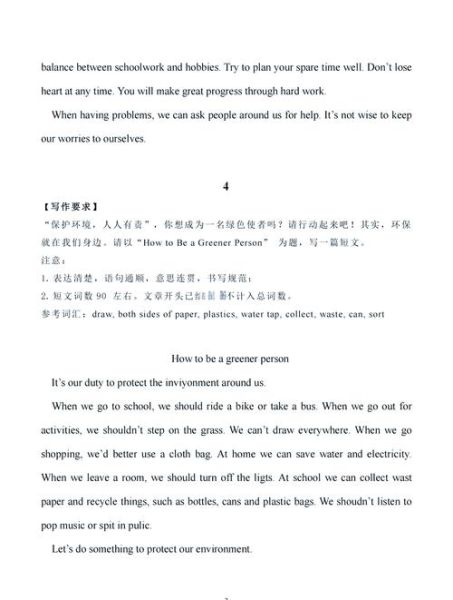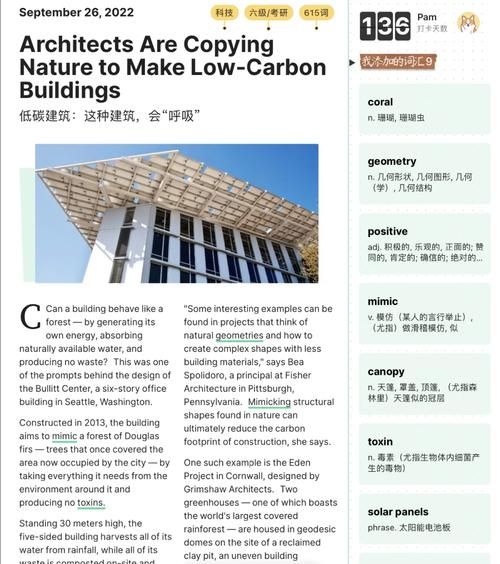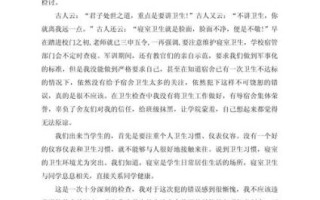Yes, you can craft a compelling low-carbon English essay by focusing on clear structure, vivid examples, and actionable suggestions.

What is a low-carbon English essay?
A low-carbon English essay is not a paper written with less ink; it is a composition that explores **environmentally responsible living** and **climate-conscious behaviors**. It often discusses **energy-saving habits**, **renewable technologies**, and **individual actions** that reduce greenhouse-gas emissions. The goal is to inform, persuade, and inspire readers to adopt greener lifestyles.
---Why do teachers assign this topic?
Teachers use the theme for three main reasons:
- Critical thinking: Students must evaluate the causes and effects of carbon emissions.
- Global awareness: The topic connects classroom learning to real-world challenges.
- Language practice: It offers rich vocabulary—carbon footprint, offset, net-zero, circular economy—that enlarges lexical range.
How should I structure the essay?
1. Hook the reader in the introduction
Begin with a startling fact: “Every round-trip transatlantic flight emits roughly two tons of CO₂ per passenger.” Then state your thesis: “This essay argues that daily micro-decisions, not grand policies alone, will determine whether we cap global warming at 1.5 °C.”
2. Develop three body paragraphs
Paragraph A: Personal habits
Explain how **switching to a plant-rich diet** and **taking public transit** can cut personal emissions by up to 50 %. Use statistics from peer-reviewed journals.
Paragraph B: Community initiatives
Describe **neighborhood repair cafés** and **bike-sharing schemes** that reduce waste and traffic congestion. Quote a local organizer to add authenticity.

Paragraph C: Policy and technology
Discuss **feed-in tariffs** for rooftop solar and **AI-driven smart grids**. Balance optimism with caveats: “While technology scales solutions, policy ensures equity.”
3. End with a forward-looking conclusion
Instead of repeating points, project a scenario: “Imagine a city where every balcony hosts solar panels and every roof collects rainwater.” Invite the reader to be part of that vision.
---Which vocabulary should I master?
Keep a glossary of **high-impact phrases**:
- Embodied carbon – emissions produced during manufacturing.
- Scope 3 emissions – indirect emissions in a company’s value chain.
- Carbon sink – forests or oceans that absorb more CO₂ than they emit.
- Just transition – shifting to green jobs without harming workers.
How can I avoid greenwashing in my essay?
Greenwashing is exaggerating environmental benefits. To stay credible:
- Cite **IPCC reports** or **IEA data**.
- Compare absolute numbers, not percentages, when discussing emission cuts.
- Include **counterarguments**: acknowledge that electric vehicles still rely on mined lithium.
What tone works best?
Strike a balance between **urgency** and **agency**. Use active verbs: “We can retrofit,” “Cities must redesign,” “You can insulate.” Avoid doom-laden language that paralyzes readers.

Can I use storytelling techniques?
Absolutely. Narrate a **day in the life** of a commuter who switches from car to e-bike. Include sensory details: “The morning air felt cooler against her face, and the city smelled of fresh bread instead of diesel.” Storytelling makes data relatable.
---How do I integrate citations smoothly?
Blend sources into your prose:
According to the 2023 IPCC synthesis report, urban areas can cut emissions by 23 % through integrated land-use planning (IPCC, 2023).Then interpret the data: “This finding suggests that zoning laws are as powerful as solar panels.” ---
What common mistakes should I avoid?
- Vague claims: “Many people pollute” lacks precision. Specify: “The average U.S. household emits 7.5 t CO₂e annually.”
- Single-source bias: Relying solely on a company’s sustainability page can mislead.
- Overloaded jargon: Define technical terms on first use.
How can I revise effectively?
Read the essay aloud. Mark any sentence where you pause for breath—those spots may need shorter clauses. Next, run a **carbon-literacy check**: replace abstract nouns with concrete actions. For example, change “sustainability measures” to “installing LED bulbs and sealing window gaps.”
---Where can I find reliable data?
- Our World in Data – interactive charts on energy and emissions.
- CDP (Carbon Disclosure Project) – corporate environmental reports.
- Local government open-data portals – for city-level statistics.
How long should the essay be?
For high-school competitions, aim for **800–1,000 words**. University assignments may require **1,500 words plus references**. Always check the rubric; clarity trumps length.
---Can I include personal reflection?
Yes, but anchor it in evidence. Example: “After tracking my travel for one month, I discovered that 62 % of my carbon footprint came from weekend rideshares. Switching to regional trains cut my emissions by 1.2 t annually.” Reflection turns abstract goals into lived experience.
---What if I run out of ideas?
Use the **“5 Ws and 1 H”** prompt:
- Who is affected most by rising emissions?
- What technologies are emerging?
- When must global emissions peak?
- Where are pilot projects succeeding?
- Why do some policies fail?
- How can individuals amplify impact?
How do I end with impact?
Close with a **micro-call-to-action** tied to the reader’s daily life: “Tonight, lower your thermostat by two degrees; tomorrow, email your mayor about bike lanes.” This converts passive reading into immediate steps, leaving the audience energized rather than overwhelmed.







还木有评论哦,快来抢沙发吧~